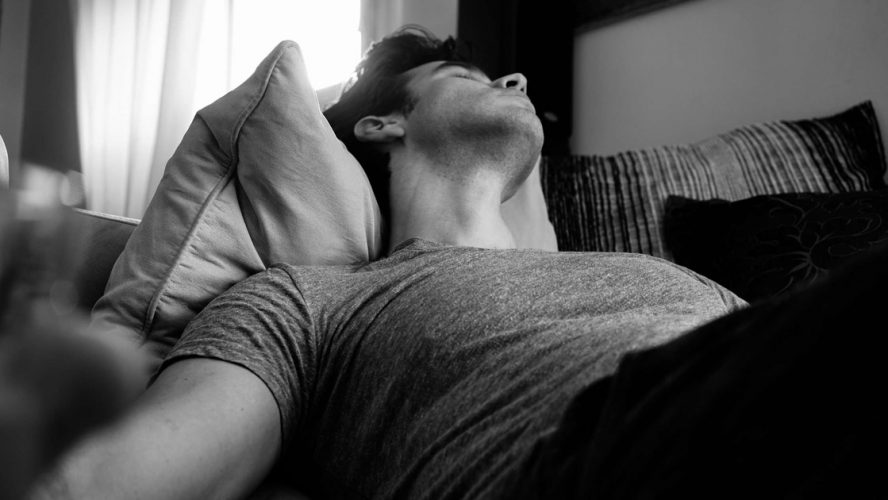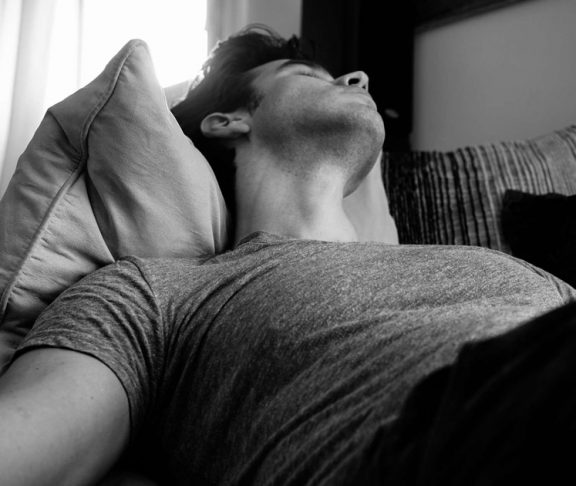
Professor Ken O’Halloran

Dr Eric Lucking
Obstructive sleep apnoea is a condition where the upper airway (throat) narrows and closes over during sleep, interrupting the normal flow of oxygen into the lungs.
Sleep apnoea is very common, affecting up to 4% of the population, with much higher prevalence in older and obese individuals, especially men.
A major problem with the disorder is that it disrupts sleep, with many consequences during waking hours. One of these consequences is hypertension (high blood pressure). Hypoxia (exposure to low oxygen) results from blocked airways. This is a causal factor in hypertension.
Ken O’Halloran, professor of physiology at University College Cork, does research in this area.
Our work revealed that one of the early effects of repeated hypoxia – a dominant feature of sleep apnoea – is a direct action on the heart.
We see the kind of changes in the output of the heart that are reflective of what happens physiologically when the heart is under stress, and this effect on the heart leads to high blood pressure.”
In understanding the consequences of low oxygen on the body, O’Halloran and his colleagues (Dr Eric Lucking, UCC and Professor James Jones, University College Dublin) are exploring therapeutic strategies – including drug therapies and the potential benefits of antioxidants, present in many foods.
The current gold-standard treatment for sleep apnoea is known as continuous positive airway pressure (CPAP); this is a device worn by the patient at night, which covers the nose or the nose and mouth. It puts a positive pressure into the airway, which helps to keep the airway open. The therapies that O’Halloran and his colleagues are exploring would not replace, but aim to augment CPAP.
Underreportedsleep apnoea
Many people simply don’t know that they have sleep apnoea. Signs that you suffer from the condition.
“The cardinal sign is a person who is excessively sleepy in the daytime,” says O’Halloran.
“We can speculate at least, that with a lot of road accidents, where people fall asleep at the wheel. However, the cause of this may not be simple driver fatigue but sleep apnoea-related fatigue.
“Formal diagnosis requires an overnight sleep study. But there are now screening tools that can be used non-invasively, looking at the blood oxygen changes that are indicative of sleep apnoea.”
If you suspect you have sleep apnoea you should speak to your GP in the first instance. It is readily treatable with CPAP – and dramatic improvements in quality of life are possible.

